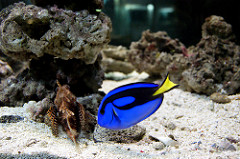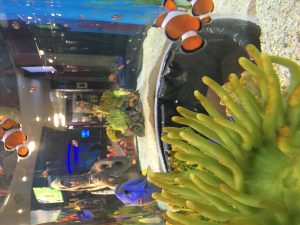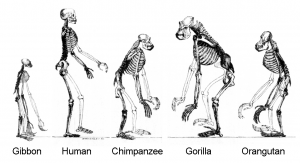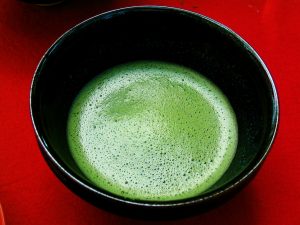It’s that time of the year again. Flu season is in full effect and nearly every neighbourhood clinic is offering flu shot services to fight against the influenza virus. Therefore it’s not surprising that when most people think of viruses, they think of harmful disease causing agents. However, not all viruses are bad for us and some have positive effects on our health ranging from bacteria-killing to cancer-healing.
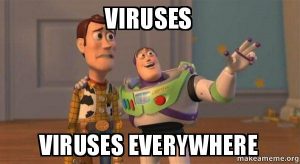
Viruses are abundant around and even within us. Source: www.makeameme.org
If there is one thing that has a reputation as bad as viruses, it would be bacteria. Luckily for us, there is a class of viruses known as bacteriophages that kill bacteria. These specialized viruses can be found in household items such as mouthwash and lotions and are also used to decontaminate food. For example, ListShield™ is sprayed on meat and cheese to eliminate or minimize a bacterial strain commonly found in these foods.

ListShield™ is an all-natural, non-chemical antimicrobial preparation for controlling the foodborne bacterial pathogen Listeria monocytogenes. Source: http://www.intralytix.com
With recent technological advances, scientists have now found a new way to treat cancer using genetically changed viruses. These altered viruses are only able to copy themselves in cancer cells, so healthy cells are not affected. In 2015, a clinical trial at Duke University used this treatment on a patient’s brain tumour and found a significant decrease in the tumour’s size as shown in the image below.

Comparison of a patient’s brain tumour size after 2 and 9 months of viral cancer treatment. Source: www.dukecancerinstitute.org
Like many others, I also fell for the popular misconception that all viruses were bad. I found it hard to believe that the class of agents that caused the SARS and Ebola outbreaks could have any positive effect on our health. Embarrassingly, it wasn’t until my third year in university when I took a virology class that I found out how wrong I was. Thereafter, I realized how important it was to be educated on relevant health topics. The study of viruses is important as it has a huge impact on society, policy, and education; moreover, the video below explains why viruses are essential for the survival of our ecosystem.

Credit: Griffith University
Next time, don’t be so quick to judge a virus by its cover. Due to the diverse and abundant nature of viruses, they are each different in their own way. Some viruses cause disease, some of them can be helpful, and many simply exist without us ever noticing.

